OSHA's Silica Standard Increases Costs and Adds Confusions for Roofing Contractors
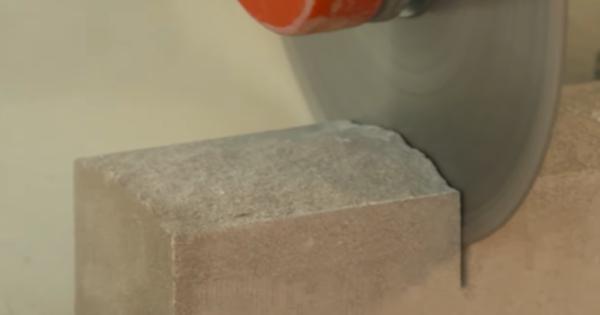
By John Kenney, Cotney Consulting Group.
Learn about some roofing contractors' traditionally used tools that expose their workers to silica and the practiced control methods to limit exposure.
OSHA began enforcing the silica standard for the construction industry in September of 2017. The critical provision with the most significant impact on the roofing industry is the stricter exposure limit for employees that is permissible for respirable crystalline silica.
Silica is a common mineral found in concrete, brick, mortar and other construction materials. In the roofing industry, silica exposure commonly occurs due to cutting, crushing, drilling or blasting cement roofing tiles. Yet, other everyday roofing activities may also lead to employee exposure.
What is the cost of compliance?
OSHA projected that residential building and specialty trade contractors (such as roofers) would incur more than $91 million in annualized compliance costs. A later study by the Construction Industry Safety Coalition found that the original estimates for compliance were by almost 1000%. That means the actual cost to our Industry is nearly $910 million.
What is required by OSHA for compliance?
The standard requires you, the employer, to do the following:
- You must measure the amount of silica exposure for workers if it may be at or above an action level of 25 μg/m3 (micrograms of silica per cubic meter of air), averaged over an eight-hour work shift.
- Your workers must be protected from respirable crystalline silica exposures above the permissible exposure limit of 50 μg/m3, averaged over an eight-hour work shift.
- Limit workers' access to areas where they could face exposure above the permissible exposure limit.
- Provide dust controls to protect workers from silica exposure above the permissible exposure limit.
- Provide respirators to workers when dust controls cannot limit exposures to the permissible exposure limit.
- You must offer medical exams every three years, including chest X-rays and lung function tests. You would do this for exposure to workers above the permissible exposure limit for 30 or more days per year.
- Train your workers on workflows that result in silica exposure and how to limit exposure.
- You must keep records of workers' silica exposure and medical exams.
Fortunately, the OSHA Standard lets employers measure their workers' exposure to silica and independently decide which dust controls work best in their workplaces.
Below are some roofing contractors' traditionally used tools that expose their workers to silica and the practiced control methods to limit exposure. (Please note this is a condensed version, please refer to the OSHA Standard for complete compliance information.)
| Tool | Practiced control methods | Other |
| Stationary masonry saws | Use saw equipped with integrated water delivery system. | A respirator mask is required if the saw is operated for four or more hours. |
|
Handheld masonry saws Option 1 |
Use a water-fed system that delivers water continuously at the cut point. | A respirator mask is required if the saw is operated for four or more hours. |
|
Handheld masonry saws Option 2 |
Use saw equipped with a dust collection system. | A respirator mask is required at all times. |
|
Hand-operated grinders Option 1 |
Use a water-fed grinder that continuously feeds water to the cutting surface. | A respirator mask is required if the grinder is operated for four or more hours. |
|
Hand-operated grinders Option 2 |
Use a grinder equipped with a commercially available shroud and dust collection system. | A respirator mask is required at all times. |
Above we reviewed the conventional methods and the required precautions to keep your workers in compliance.
I wanted to share with you a new product that allows roofers to cut concrete tile without producing airborne silica. It is the Hytile Cutter by All Points. The cutter uses a striking method that produces almost zero silica dust. As we learned in the OSHA Standard, precautionary methods are only required when the crystalline silica exposures are above the permissible exposure limit of 50 μg/m3, averaged over an eight-hour work shift.
As roofing contractors, you must be aware of these hazards and choose how your company best complies to protect your workers as outlined in the SIilica Standard. As with all aspects of safety, we must choose a method that complies but also minimizes risks and maximizes production efficiency and profits; thus, you stay competitive in our highly competitive industry.
Learn more about All Points in their RoofersCoffeeShop® Directory or visit allpointstile.com.













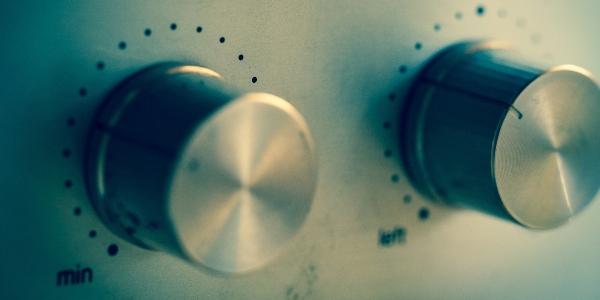
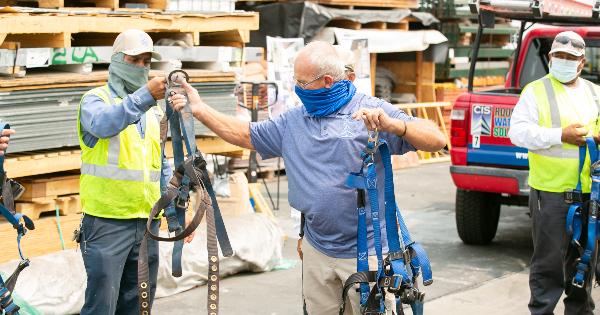
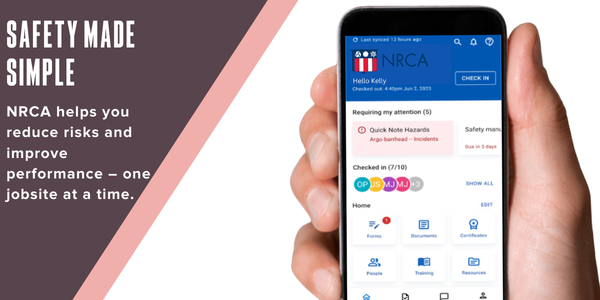



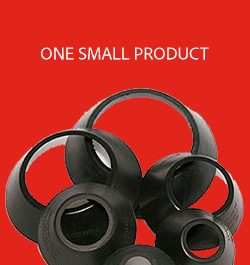


Comments
Leave a Reply
Have an account? Login to leave a comment!
Sign In